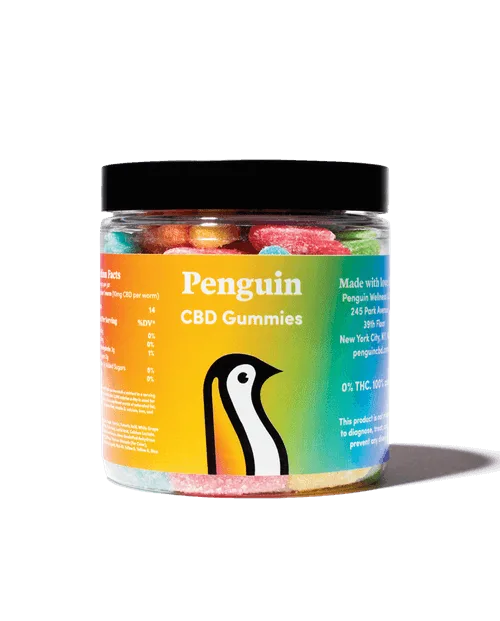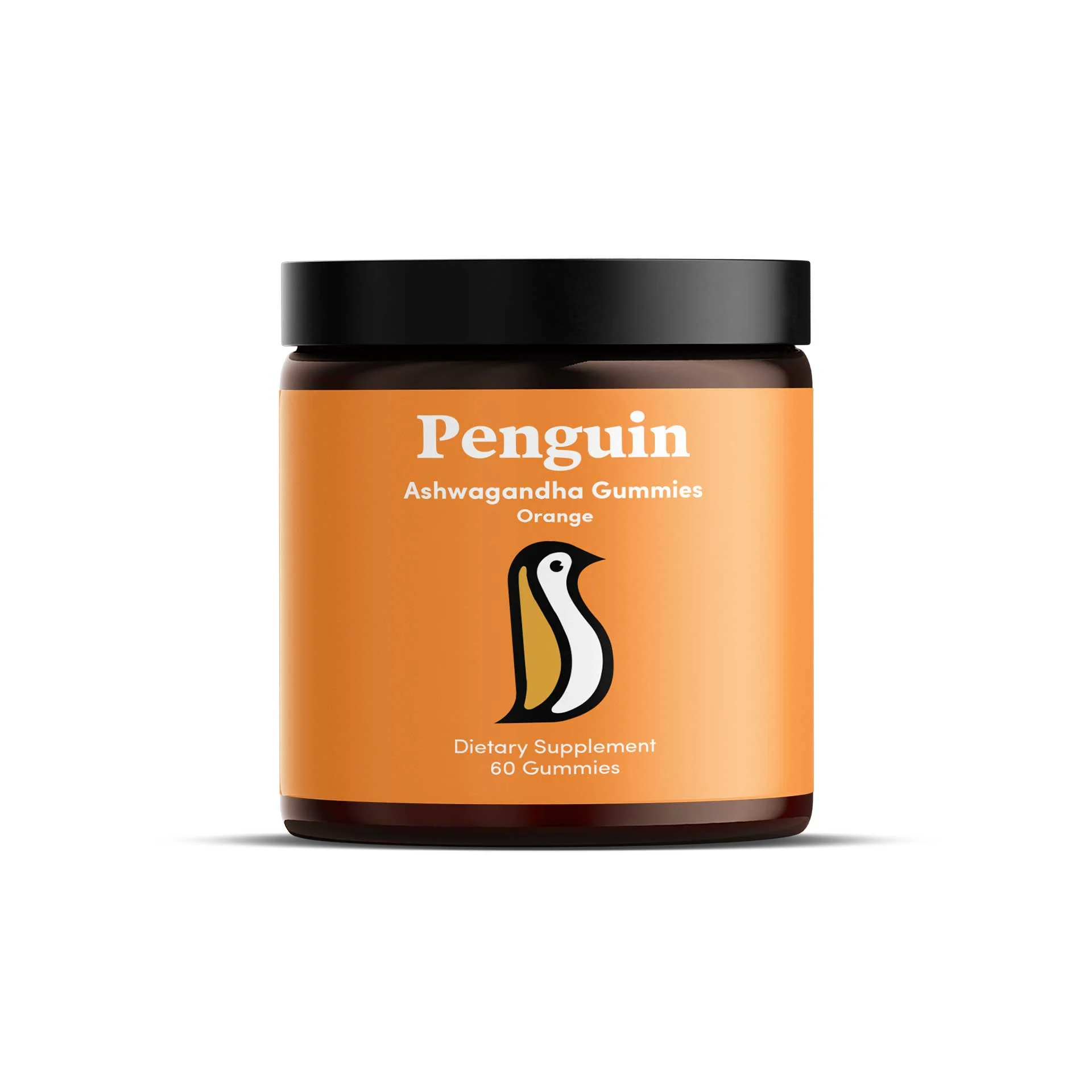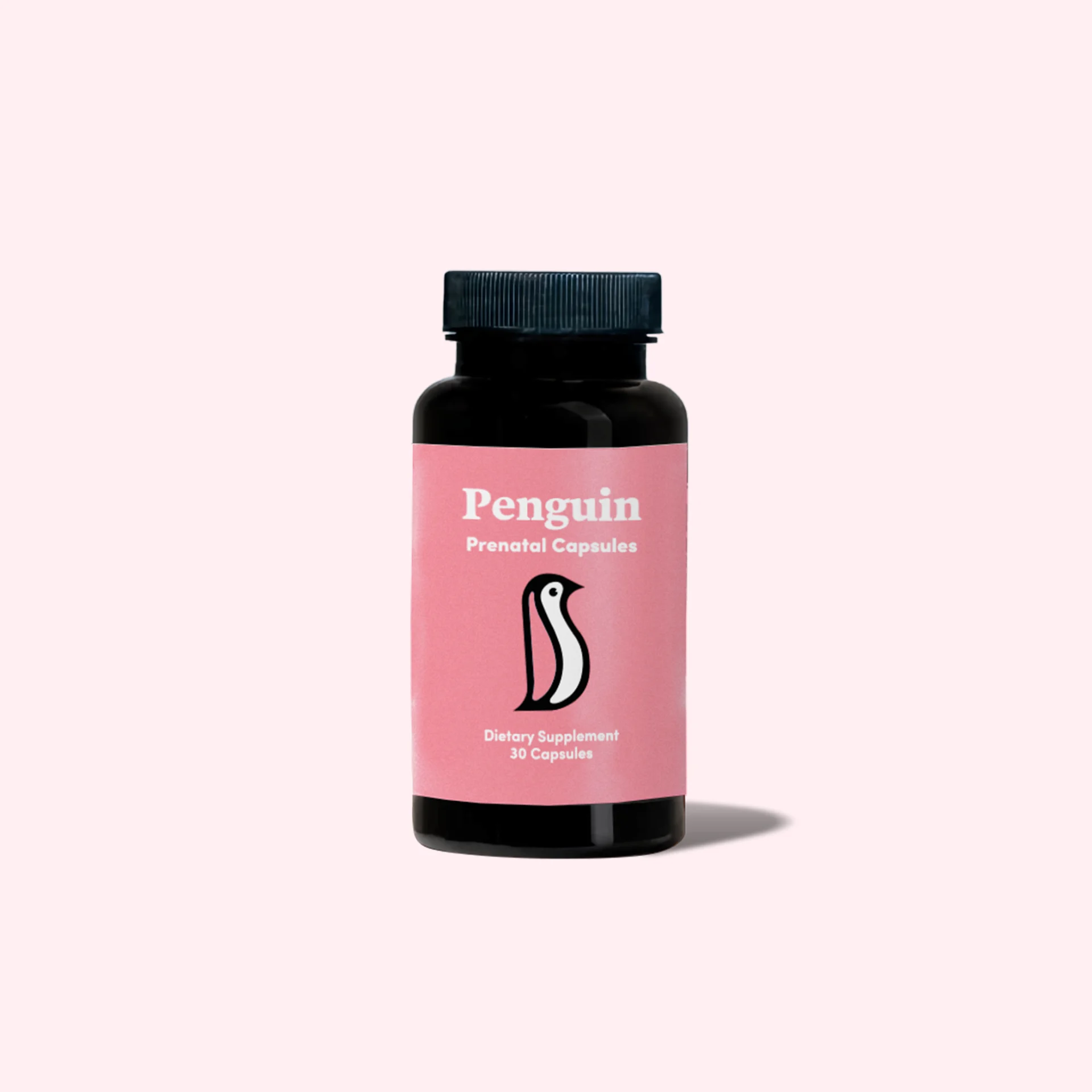CBD Lab Results: Our Commitment to Transparency
 By Penguin CBD
By Penguin CBDThe passage of the 2018 Farm Bill led to the explosive growth of the CBD industry; however, it didn’t exactly clarify the federal legalities surrounding CBD. What the Farm Bill did do was remove hemp and any other cannabis derivatives with low amounts of THC (under 0.3 percent to be precise) from being defined as marijuana under the Controlled Substances Act.
The Federal Drug Administration (FDA) still has regulatory authority over hemp products—including CBD. One of the main difficulties right now in the CBD industry is that the FDA hasn’t made any final determinations on the legality of CBD as a supplement, even while it has approved the use of synthetic cannabinoid drugs (e.g., Epidiolex and Marinol).
Then why are so many websites, corner stores, mini-marts and boutiques selling CBD products, you might ask. Well, as far as online sales go, the FDA has taken a bit of a hands-off approach (except for monitoring “claims”), while waiting for a final determination. This is why at Penguin, we are dedicated to transparency, getting our products tested and making those tests available for everyone to see.
Why Is It Important to Have Third-Party Lab Analysis?
The first reason any company selling CBD should have an independent, third-party analysis done for each CBD product they sell is to ensure that it conforms to the mandated ≤0.3 percent THC content that removes CBD from the CSA schedule.
CBD derived from hemp has been removed from the CSA schedule—but THC remains on the list. Your state may have legalized medical cannabis (containing THC as well as CBD and other cannabinoids), but the federal status is different—and we are still waiting for regulations and clear guidelines.
Since the FDA has not yet provided regulations or even guidelines, third-party testing allows companies to prove that their product:
- Contains ≤0.3% THC
- Contains the levels of CBD and/or other cannabinoids listed on the label
- Does not contain pesticides, microbial contaminants, residual solvents or heavy metals that could harm the consumer
- Provides assurances that the consumer’s health is a priority
What does transparency really mean? It means a commitment that the company is open, honest and authentic about its products. We want you to know that “what you see is what you get”!
We use nothing but the best ingredients, inspired by Mother Nature. Our CBD is pure, non-GMO and pesticide-free. Part of that process of transparency is that we make our lab reports accessible—right here.
You can see the reports on our products, including CBD oils, gummies, creams and capsules. Alternatively, you can use the QR code. Our grower in Oregon doesn’t use GMO seeds or pesticides. They use sustainable farm practices, and for many people, that is important, because caring about what goes into farm practices reflects on us, and on how we think of our planet! Transparency also means that we want you to get the freshest product possible, using a CO2 extraction process that preserves all the cannabinoids and terpenes yet allows for an efficient removal of THC.
Reading Our Lab Reports
To someone who has read lab reports most of their life, these are straightforward reports. However, if you are not used to them (and after all, most people aren’t chemists), they can be a bit overwhelming. So, let’s go through a sample lab report, step by step.

This is a report on capsules. Here is the top part of the Certificate of Analysis (CoA). It lists the lab doing the testing, the identification and sample numbers, and some basic information, including when the sample was collected, received and analyzed.
NT means “not tested”; ND means “not detected.” Moisture, water levels and total terpenes were not tested in this sample.
Note that the sample was collected, received by the lab and tested all in the same day! That ensures that the product you get is fresh—CBD products are generally stable for about a year, but as with many plant-derived products, the fresher it is, the better.
The second column lists Δ-9THC—the main chemical form of THC. None was detected. We’ll talk further about limits of detection (LOD) and limits of quantitation (LOQ) in a bit. You will see in the next figure that several different forms of cannabinoids—including different forms of THC—were tested, all of them below the LOD.
This part of the CoA also lists the total amount of CBD in the whole bottle (310.2 mg per unit—the bottle) and 10.34 mg per serving (in this case, in every capsule). It also tells you the total amount of cannabinoids in both the bottle (328.45 mg/unit) and in each capsule (10.95mg/serving).
This tells you that most of the cannabinoids in this sample consisted of CBD—in each capsule, only 0.61mg was any of over 100 different cannabinoids found in hemp. It’s not an isolate, but is over 94 percent pure CBD.
Next, we have a summary of results.
At the left is the list of tests performed, the methods used to perform the test, the date the tests were performed and whether the batch passed or not. It did! You never want to see anything other than a “Pass” or “Complete.” Then comes a picture of the product and a QR to scan if you want another way to get the results.
Beneath that is the “complete” list of the cannabinoids tested (analytes), the LOQ, LOD, percentage by mass, the milligrams of each cannabinoid per gram of material and the milligrams of each analyte in the whole bottle.
Now come the LOD and the LOQ. The LOD is the lowest amount of an analyte that can be reliably determined, while the LOQ is the lowest amount of an analyte that can be reliably quantified. The difference is a bit technical—but what you should be looking for in those components you do not want in your product is that they are below the limits of detection: the LOD.
In the test example given here, all the major metabolites of THC were below the LOD. The CBD came in at 15.97 mg per gram of material tested and at 310.20 mg in the whole bottle. Since there are 30 capsules (servings) in the whole bottle, that means 310.20 mg/30 capsules = 10.34mg/capsule.
Terpenes were not tested in this sample. Notice that the lab director’s signature appears on every page. Also provided are a phone number and email address if you have any questions about your lab report.

The next page provides an analysis of residual solvents, heavy metal screening and testing for microbes.
It is important that the products you buy are not contaminated with anything that nature herself hasn’t put into the hemp plant. Let’s take a look at two of the solvents from the list—benzene and ethylene oxide.
Benzene is used by some companies to extract CBD, but benzene is a known carcinogen (a cancer-causing agent). Another common substance used as a pesticide and as a disinfectant is ethylene oxide, which is also used in antifreeze for your car. The EPA has determined that ethylene oxide is also a carcinogen.
Heavy metals like arsenic, cadmium, lead and mercury are toxic and can be found in soils. Testing for these is important because the hemp plant could incorporate these heavy metals from the soil it is grown in—and we want to ensure that doesn’t happen!
It is critical to test for microbials and microbial toxins too. We inspect the plants for signs of mold or fungal growth, but it can be difficult to catch an early infestation…or to catch any bacterial growth. So, we test for the most likely types of mold—Aspergillus, shiga toxin from the bacteria and E. coli, and for signs of various salmonella, a bacterial species.
Again, in this lab report, all the solvents, heavy metals and microbial products tested negative.
The residue screening is also important, but not every company will have these chemicals tested! This screens for pesticide residues from two categories, and must be reported if above 0.1 parts per million (ppm). We use no pesticides for growing our hemp, but pesticides can be carried by wind and rainwater, so it is important to know that our plants have not been contaminated with, say, wind blowing in from a neighboring field that does use one or more of these pesticides. Again, our product passed with no pesticides detected at all.
At Penguin, we are dedicated to transparency. We let you see the results of our independent lab testing, and let you know where our hemp plants are grown and how they are grown. Our aim is to provide a pure product and get it to you as quickly as possible so it is as fresh as possible.


A Few More Details About Testing
Not all testing results are shown in the same way as the example above. For example, some may express the quantities of solvents as “ppb” or “ppm” (parts per billion and parts per million). All these should be interpreted in similar ways—the results should make it clear that the product either has no detectable substance or passes the test for acceptable limits of the substance.
However, there are some points that every analysis should contain:
- You should clearly see that the level of THC is ≤ 0.3 percent THC to conform to federal law.
- You should clearly see that individual solvents, chemicals, heavy metals and mycotoxins show “pass.” The standards for what passes may differ from state to state. By some accounts, the California standards are the highest—at least for the number of pesticides required to be tested.
- You should clearly see that the amount of CBD in the entire container matches what is listed on the label, and that the amount of CBD per serving matches that listed on the label. Both of these should be within 10 percent of the actual amounts.
- Any lab analysis should be done in an ISO17025 accredited facility. This is essentially a certification process indicating the lab has people with the knowledge and training to know what they are doing and are doing it well. All labs should be licensed.
- Below is the chart provided for labs in California.










